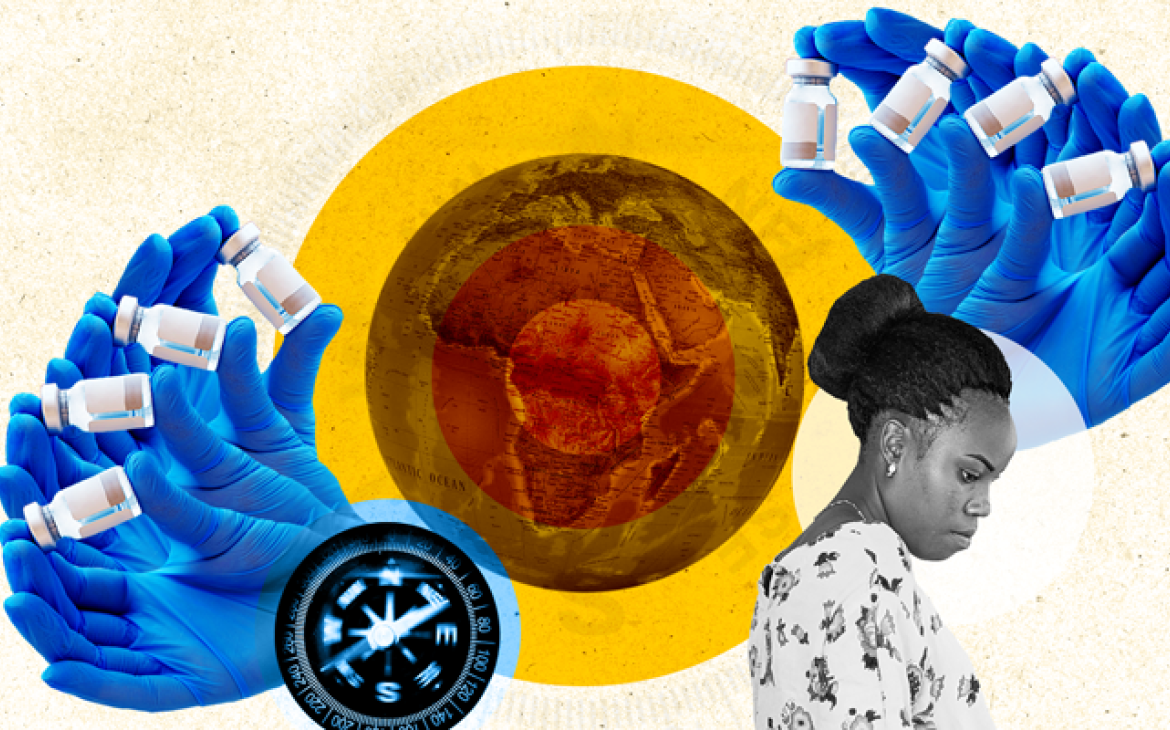 It is very interesting to me as a food scientist to see how fast new food products enter the marketplace and quickly become consumers’ favorites.
It is very interesting to me as a food scientist to see how fast new food products enter the marketplace and quickly become consumers’ favorites.
This is happening even faster with the new trend of functional foods and beverages, which promise improved nutrition and health benefits that are borderline medical claims and cross the line over to what dietary supplements are purported to be. They “help lower your blood pressure”, “promote healthy cholesterol levels”, “support healthy weight”, among many other claims that seem all too good to be true.
It is very difficult for consumers to know exactly what goes into functional foods and beverages even with all ingredients properly listed on the nutrition label. Unlike medicines, which are strictly regulated in the U.S. and have dosage amounts related to their efficacy and safety, it falls under the responsibility of food manufacturers to ensure the ingredients they use in their products are safe and not adulterated. And guess what? Sometimes they even might not know! There are no guidelines to indicate what amount of a functional ingredient would actually provide a benefit to consumers, as research of the structure-function is contradictory, and in some cases, as with some “energy drinks”, the amount of certain ingredients could even be detrimental to health.
Take caffeine and other stimulants in energy drinks, for example, and consider how much of this ingredient is used without regulatory guidance. Caffeine is the most common ingredients used in energy drinks and in its pure form is a well described ingredient. However, with the increased use of caffeine-containing ingredients, such as coffee beans, tea extracts, yerba mate and guarana, it is difficult to determine exactly the amount of caffeine that a serving of an energy drink might have. Experts agree that a daily dose of 600 mg of caffeine, equivalent to four to seven cups of coffee is too much, and could put certain individuals at risk of caffeine overdose. Moreover, these beverages are increasingly advertised to younger consumers who are more likely to mix them with alcohol, increasing their potentially harmful effect.
My work at USP includes trying to develop quality specifications for new functional ingredients, including those containing caffeine. While it’s understandable that manufacturers want to focus on the functionality of the ingredients they procure and also on the process attributes, or consumers’ expectations of what a beverage should look and taste like, such as clarity and pleasant taste, they should also think about the relationship between the ingredient’s authenticity and its safety. To that purpose, I encourage manufacturers interested in exploring functional ingredients to collaborate with USP in developing specifications and quality standards for the ingredients used in their functional foods and beverages.
More than that, though, I encourage consumers of the increasing number of functional foods and beverages to demand more precise information about the ingredients used in the products they consume. That way, they can make more informed decisions on what they consume and what they offer to their families. There’s a growing trend in expecting more from our food than sustenance, and if consumers want to make sure the foods they eat have a potentially positive effect on their health, then they also have a role in promoting more transparency and accountability from those in the food processing business.
Visit us to learn how USP sets quality standards for food ingredients and how to collaborate with USP.
Carla D. Mejia, Ph.D., is a senior scientific liaison at the U.S. Pharmacopeial Convention (USP).


